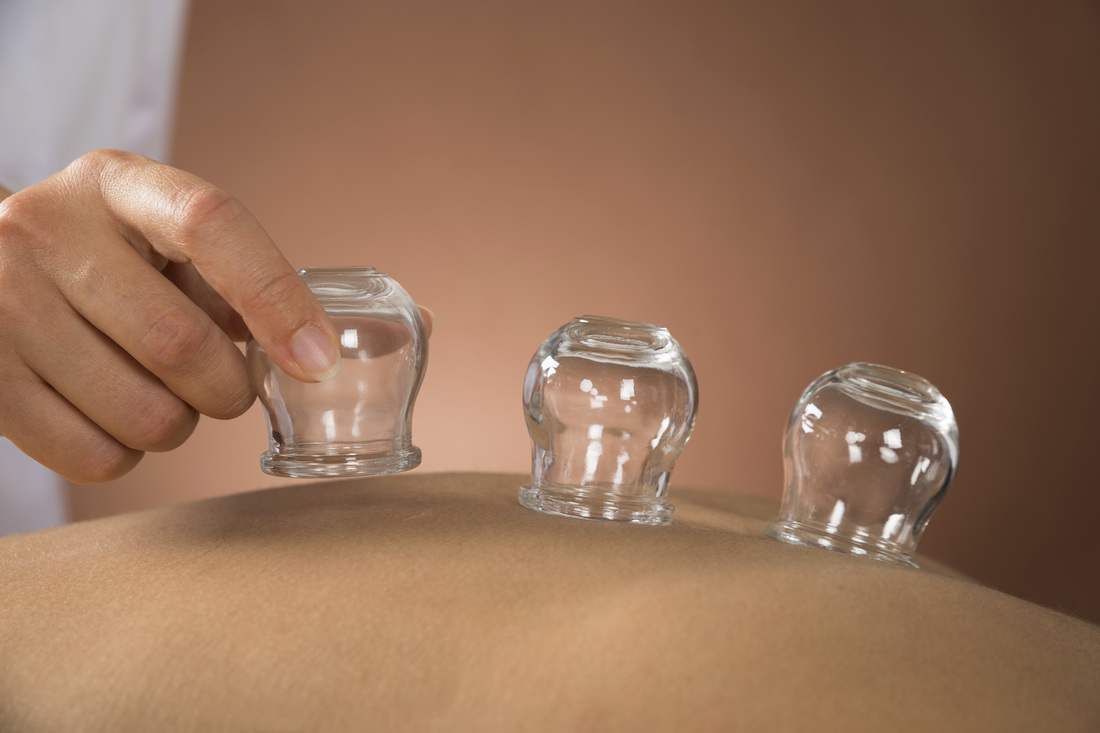|
What is it? Cupping is an ancient technique used by Sports, Remedial Massage & Myotherapists to improve flexibility, loosen fascia, and help with pain. This treatment technique dates back to ancient Egypt, Chinese and Middle Eastern cultures. It has been described by Egyptians as early as 1550 B.C in the Ebers Papyrus. Cupping is often used in conjunction with other remedial massage techniques such as trigger point therapy or deep tissue massage to improve the effect of a massage treatment. What Happens? Massage Therapists place several cups on your body and take out oxygen from the cups by using a flame or a rubber pump creating a vacuum. As the air is sucked out your skin will rise up into the cup. Your skin will redden as blood is drawn closer to the skin. Some therapists will tell you that this redness is toxins and chemicals being sucked out of your body. This however, is not proven and it is more than likely just blood being drawn close to the skin by the suctioning effect. The cups can be left on the same spot for a short period of time or slowly glided across the body. The two different styles of cupping have different affects on the body. After the treatment you are usually left with large cup-size welts. These can be tender to touch and vary in colour from black (if left on too long) or pink. Eventually you will be left with a a circular marking that looks like a bruise for up to a week after treatment. Cupping can be painful - particularly if the cups are moved around to work on the fascia of the body. The pain should be at a tolerable. If it is too painful let your massage therapist know and they can decease the vacuum on the cup. What are the Benefits?
Cupping & Science? Unfortunately there is minimal research into the science behind cupping or it's affects on the body. It is one of those techniques that is worth giving a try to see what it does to your body. Then you can make up your on mind on the whether or not it works. If you would like cupping to be incorporated into your massage treatment please let your therapist know. If you are interested in booking in for a remedial massage click here! References:
I have been exploring for a little bit for any high-quality articles or blog posts on this kind of house . Exploring in Yahoo I ultimately stumbled upon this website. Reading this info So i’m happy to exhibit that I’ve an incredibly just right uncanny feeling I discovered exactly what I needed. I so much certainly will make sure to do not disregard this website and provides it a look on a constant basis.|😉 Comments are closed.
|
AuthorKat Murray, Archives
March 2024
Categories
All
|

 RSS Feed
RSS Feed